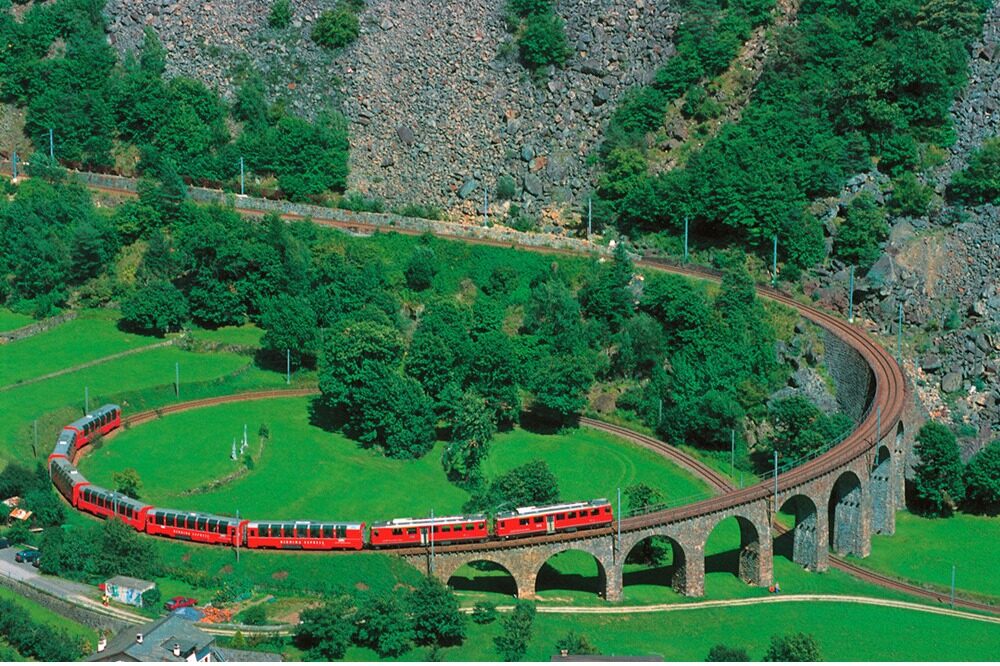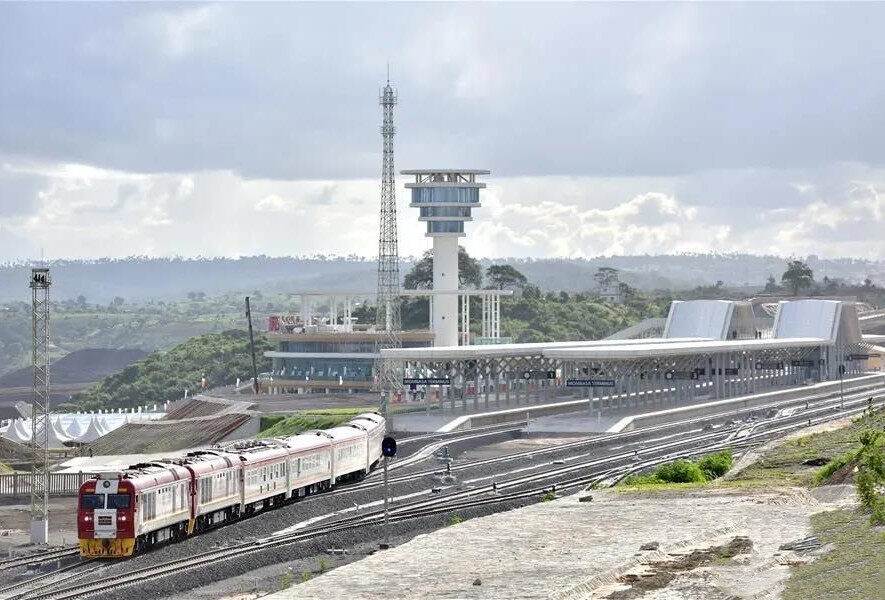- The Mombasa-Nairobi Railway carries the century dream of the entire country and people of Kenya

The Mombasa-Nairobi Railway starts from the port city of Mombasa in the east and reaches Nairobi in the west. It is the first railway constructed in Kenya. The construction of the Mombasa-Nairobi Railway took less than three years, but it was Kenya’s long wait for a century.
The development path through East Africa
There was originally a meter-gauge railway (gauge of 1 meter) from Mombasa to Nairobi, which was built in 1896. Due to long years of disrepair and aging equipment, the average speed of this railway is only 22 kilometers per hour, and the whole journey takes 21 hours. Moreover, the operation is very unstable, and it will be stopped for several days if it breaks down, and accidents such as train derailment and animal injury often occur.

In addition, the meter-gauge railway cannot meet the development needs of Mombasa Port. As the largest port in eastern Africa, the Port of Mombasa has 17 international routes and has business dealings with 80 ports around the world, and most of the East African cargo comes in and out from here. Because of the insufficient capacity of the meter-gauge railway, most of the goods are transported by roads. The overload of road freight and the stagnation of port goods often occur, which restricts the development of Mombasa and even Kenya to a certain extent.
Owning a new railway is the century dream of the entire country and people of Kenya. The Mombasa-Nairobi Railway has promoted the development of the local logistics industry. After the railway runs, the goods are loaded in Mombasa in the morning and can be transported to Nairobi in the afternoon. The logistics cost is reduced by up to 40%, and the transportation efficiency of port materials to the hinterland of East Africa is greatly improved. With the improvement of the East African railway network and supporting infrastructure, the logistics industry in the entire East African region will be revitalized, and the economic cooperation and cultural exchanges of various countries will also reach a new level.
The "Trinity" development pattern of Mombasa Railway, Mombasa Port, and Mombasa Special Economic Zone is just like an exciting industrialization picture, slowly unfolding in front of people. President Kenyatta once said with emotion that the Mombasa-Nairobi Railway will "write the history of Kenya in the next 100 years"!
The natural way to care for animals
The Mombasa-Nairobi Railway passes through Tsavo National Park, Kenya’s largest wildlife sanctuary, and ends at Nairobi, one of the few capitals with nature reserves. Almost all animal species in Africa live in a large area along the railway, and the natural ecological environment is extremely precious. Let the railway and wild animals live in harmony, and make the Mombasa-Nairobi Railway a natural way to care for animals has always been a question for the builders.
During the construction process, China Road and Bridge Corporation used extremely stringent standards for construction and hired professional companies to carry out environmental assessments. Soil borrowing and other constructions along the line are carried out during the day, and construction shall be stopped after dark to avoid disturbing animals to rest at night. When passing through Tsavo National Park, in order to prevent animals from being hit by trains, the Mombasa-Nairobi Railway was not directly laid on the ground like the meter-gauge railway, but instead adopted a closed design and viaduct to allow animals to pass safely.
In order to protect the normal migration of animals, the builders also painstakingly designed 14 large animal passages. The bridges are up to 7 meters high so that giraffes can pass without bowing their heads. At the same time, more than 100 culverts have been set up to facilitate drinking water for animals such as zebras and for small wild animals to cross the railway. Protective fences and high roadbeds are specially set up in parks and wetland sections to prevent naughty animals from climbing on the railway and meeting the train.
Part of the Mombasa-Nairobi Railway passes through the Mangrove Wetland Park in Mombasa. The construction team specially draws out the ecological red line, reduces logging as much as possible, and pre-burys multiple water pipe culverts to ensure that seawater can normally infiltrate the construction area and ensure the growth of mangroves. After the completion of the construction, the mangroves were lush as usual.
The road of friendship between China and Africa
The Mombasa-Nairobi Railway is an important early harvest of the “Ten Major Cooperation Programs” in the Johannesburg Summit of the Forum on China-Africa Cooperation.

Since the opening of the Mombasa-Nairobi Railway, the Chinese company has adopted the training method of “personal, professional, and post” for Kenyan employees, committed to transferring Chinese railway technology, selecting Kenyan top talents, and completing the railway talent reserve. The localization rate is close to 80%. On the occasion of the 1,000-day operation of the Mombasa-Nairobi Railway, the person in charge of the African Star Railway Operating Company stated that it has implemented technology transfer in 123 technical jobs in an all-round way, has realized teaching people to fish, and completed the effective technology transfer of the entire industry chain. Provided Kenya with the technology and ability to independently develop railway transportation. The entire railway has 2,525 Kenyan employees and 676 Chinese employees. Kenyan employees have started to work independently in major technical jobs, and 1072 Kenyan employees can independently complete 58 jobs. Homework items. The neat dress, graceful manners, and the female flight attendants trained by the Chinese standard have now become a beautiful scenery on the Mombasa-Nairobi Railway. The training of professional technical personnel for the Mombasa-Nairobi Railway is the longest overseas training program, the largest number of trainees, and the most distinctive professional training program in the Chinese railway industry. The training includes more than ten types of jobs in railway locomotives (internal combustion), railway signaling, railway transportation, etc. .
In 1421, when the navigator Zheng He sailed to the west, he reached Mombasa, creating a glorious chapter of the ancient maritime Silk Road. Nearly 600 years later, the Mombasa-Nairobi Railway, an express train full of friendship, is continuing to write the story of China-Africa friendship and heading for a bright future full of hope. Editor/Tian Zengpeng
Comment
 Praise
Praise
 Collect
Collect
 Comment
Comment
 Search
Search














Write something~